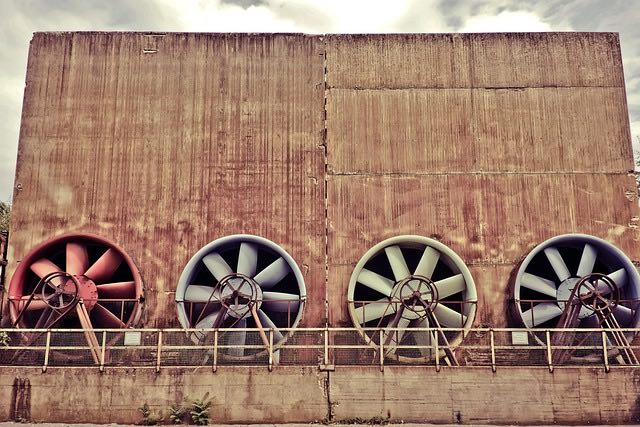Nowadays, ventilation systems in homes have become vital. Why? Because houses are becoming better insulated. This means that clean air can’t flow in as quickly, and polluted air remains in the house. However, there are different types of ventilation systems. In this article, you can find an overview of ventilation systems and the differences between them.
Whole house ventilation has more benefits than you think
New buildings must have a proper ventilation system. A well-insulated home without ventilation causes many problems such as moisture, mold, and health problems. A ventilation is essential then, and it ensures that:
- All rooms in your home have fresh air (living room, bedrooms, office, etc.).
- The air flows through the intermediate spaces (corridor, stairwell, etc.) to the wet areas (kitchen, bathroom, toilet, laundry room, etc.)
- The moist, polluted air is removed from the wet areas.
- Ventilation doesn’t mean at all energy losses.
Ventilation systems – why should you ventilate your home?
To live comfortably and healthily, a person needs 20 m³ of fresh air per hour. If your home doesn’t supply enough fresh air, you’ll breathe the same dirty air repeatedly. That’s often not a problem in old homes because the air is renewed through holes and cracks. However, if you look at new-build homes and thorough renovations, you’ll see that the air quality is substandard. In these cases, you’ll have to rely on an automatic ventilation systems that supplies fresh air and removes polluted air.
Consequences of poor ventilation system
Proper ventilation system can maintain indoor air quality, and it’s crucial for your health. For example, if the humidity level is too high, it can worsen the symptoms of asthma and rheumatism. That also leads to headaches, coughing, and mucus formation. Good ventilation and ventilation effectiveness are also important to prevent moisture problems and musty odors. Inadequate ventilation causes condensation of moisture.
Types of ventilation systems
There are various ventilation systems – for example central, and decentralized. If you choose a central system, then ventilation in different rooms will be regulated from one central ventilation unit. This requires the construction of special ventilation ducts. With decentralized ventilation, you can ventilate separate rooms relatively easily. This option is handy when there is little space to install ventilation ducts, such as when renovating an existing home. In addition, such ventilation systems can have heat recovery. Central home ventilation can be done according to four different ventilation principles.
Natural ventilation
This system installation doesn’t require mechanical support. Ventilation occurs naturally through built-in ventilation grilles in the windows. However, to have enough fresh air, it’s important to provide passage openings under the doors or in the walls – thus, natural forces will provide fresh air through the building. Contaminated air can be removed via a vertical ventilation duct in the bathroom or kitchen.
Natural ventilation and mechanical ventilation
A natural supply of air is not always sufficient. Sometimes there is too much noise outside to keep your windows open, or if you live in enclosed in an apartment building. In that case, you can have fresh air supplied mechanically. Mechanical ventilation is a system that delivers the supply of fresh air via a fan. If you’ve renovated your house recently, removing the dirty air can be impossible using natural ventilation only. Then you can install mechanical ventilation systems. There are many benefits of mechanical ventilation. Such system can be self-regulating and only refreshes the air when necessary.

